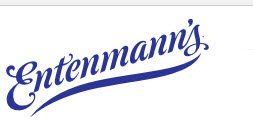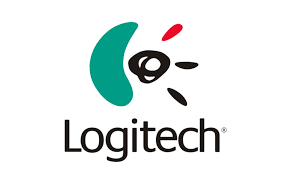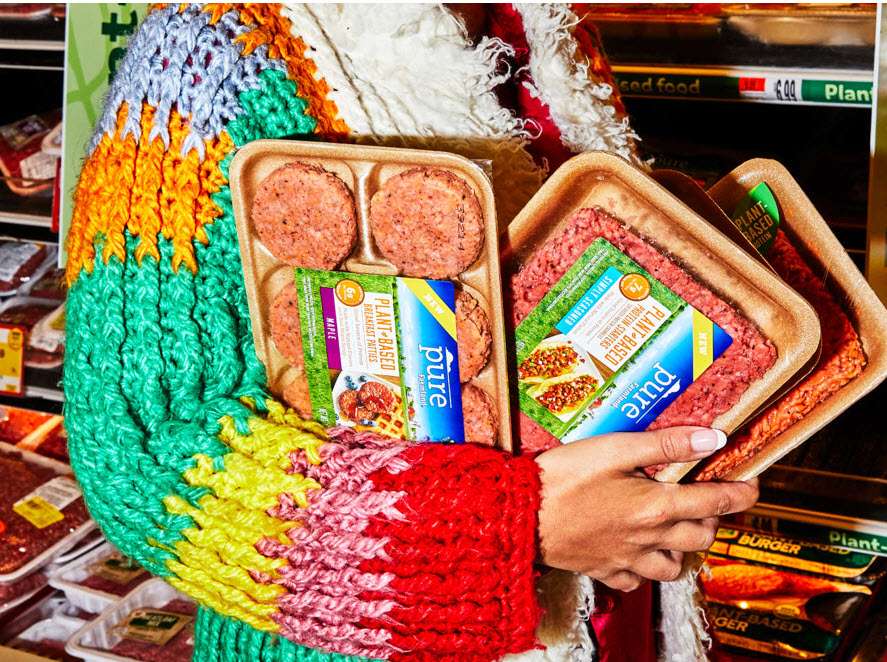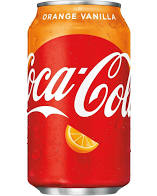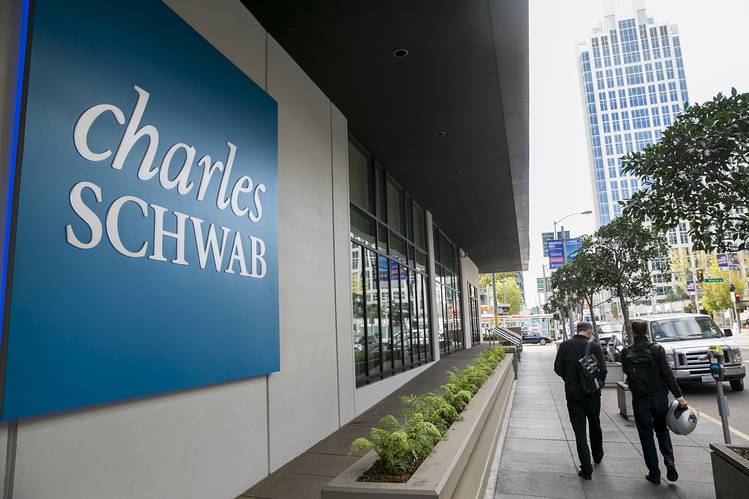Can Humor Be a Brand Plank?
I wonder about this as I dive into the Aeroflow Breast Pump social media campaign. Aeroflow is a reseller of durable medical equipment in Western North Carolina, but has sectioned off a nice piece of business helping to provide new mothers with breast pumps. They assign a rep to each case and help moms through the paperwork associated with securing pumps and paying the insurance. They then walk moms through the nuances, hardships and solutions associated with pumping. This is one of those business meeting pent-up demand.
But can humor be an endemic plank that proves the brand’s claim? I go around and around on this but ultimately land on yes. If humor is a customer care-about or brand good-at, it can help brand value. The big but, however, is turning it into a good-at; not everyone is funny. And even through the Instagram account of Aeroflow Breast Pumps is always chortle-worth, even belly laugh worthy, that’s only one or two people at the social media controls.
Humor puts for nervous or worried moms at ease. It’s medicinal. It’s therapeutic. I really works for Aeroflow Breast Pumps. It wouldn’t work for the other Aeroflow businesses, per se. That’s why Aeroflow is smart to have made sequestered this business a bit.
Humor, done wrong, can be corny and an impingement on the brand, so Aeroflow has to be careful. “Two breast feeding women walk into a bar,” told by a 50 year old dude is not a good idea. But the way it is handled in social, is great. I’d love to see how humor could be introduced into other areas of the business. The beginning of a cool case, this.
Peace.


